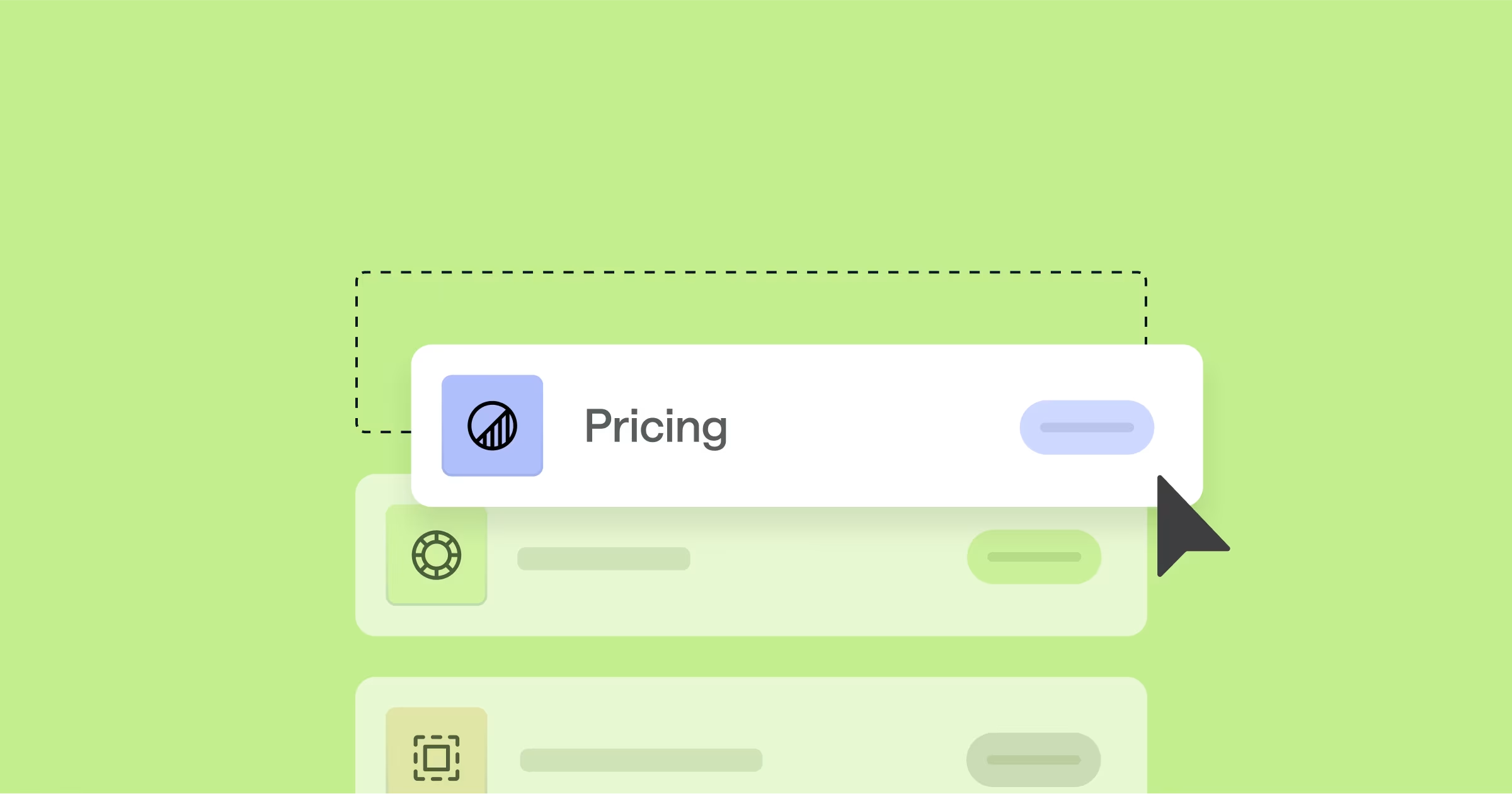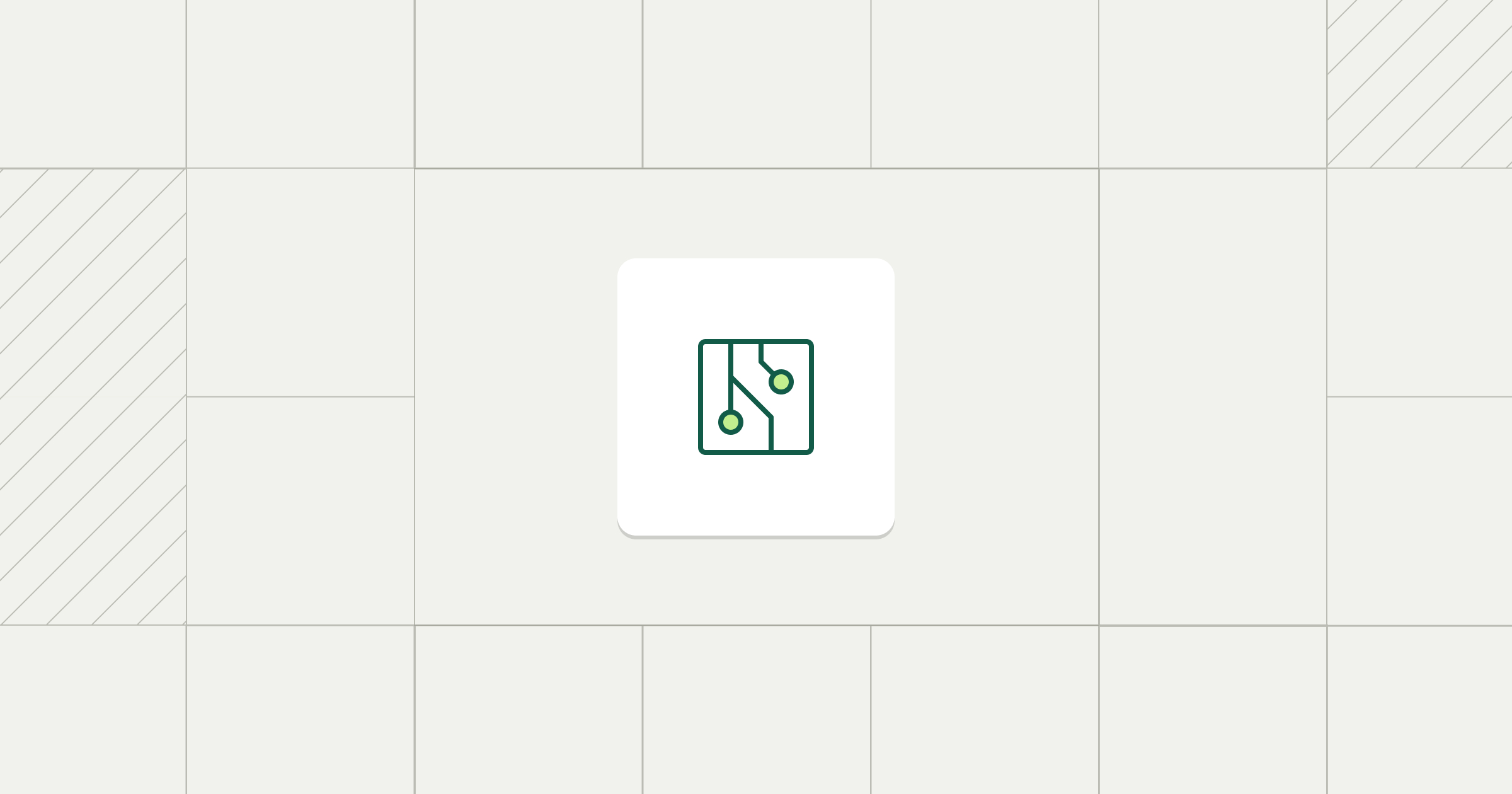Share
In Part 1, we explored why billing is a critical growth enabler and the challenges of building vs. buying a billing system. But once you decide to buy, how do you evaluate whether a billing system will meet your needs, both today and for unknown use cases that will inevitably come up in the future? How do you know you can trust a 3rd party to own a critical system that runs your business?
In this blog, we’ll outline the key criteria to evaluate a billing vendor—from adaptability and scalability to integration and performance—so you can make a confident choice that supports your business now and as it grows.
Adaptability
It’s easy enough to run a POC and validate whether a system can meet your current requirements, but it’s a lot harder to know if this system will also adapt to your future needs. Look for extensibility and flexibility:
1. Flexible aggregation methods
Can the system handle your raw usage data directly, without requiring extensive preprocessing on your side? A modern billing system should provide the flexibility to calculate any billable metrics—whether it’s unit counts, high watermarks, averages, or custom aggregations—without imposing limitations on how you define metrics now or in the future. This capability ensures your billing infrastructure evolves with your pricing strategies, allowing you to adapt quickly without costly engineering overhead.
2. Alignment with Go-to-Market strategy
Your billing system must align with your go-to-market strategy, whether you’re targeting self-serve customers or selling upmarket. It should support multiple commercial models—prepaid and postpaid commitments, sharing prepaid balances within customer hierarchies, or selling through cloud marketplaces. Just as important, the system should manage customers transitioning between segments. For example, moving a customer from PAYGO to an enterprise contract shouldn’t require creating a new account, disrupting revenue recognition reporting, or, worse, relying on a separate billing system. This flexibility ensures your billing infrastructure evolves with your business across segments and channels.
3. Proven track record
Does the vendor work with established leaders in your industry? This is a strong indicator that their tools and features are built to address challenges like yours and have been tested against edge cases you might not anticipate. For example, while auto-reload for prepaid credits may sound useful in theory, its true value lies in execution—how effectively the system triggers alerts and processes reloads to prevent service disruptions. Companies using prepaid credit models also need features like credit access schedules to control when credits are granted and by how much, mitigating the risk of non-payment. If you’re new to this space, these nuances might not be immediately clear. That’s why it’s critical to ask for real-world examples of how their features perform and scale in practice.
4. Pricing management and update capabilities
As your business grows, pricing inevitably becomes more complex. Hosting costs may fluctuate, competitors may introduce new pricing models, and enterprise customers may require custom pricing terms. A strong billing system should simplify managing these ongoing complexities.
Ask vendors how they handle pricing version management across teams and whether the system takes on the burden of tracking and coordinating changes—or if it falls on your internal teams. Ask vendors: How does the system handle pricing copies or versions across teams and prevent conflicting changes from different stakeholders using the platform? How are global pricing updates coordinated with individual customer-specific pricing? Can the system automate custom adjustments or enforce overrides easily? How much manual effort is required to update pricing across the entire customer base? How quickly can pricing changes be propagated to ensure all customers are updated appropriately without delays or inconsistencies? Does the system provide tools to track and audit all pricing changes for transparency and consistency?
Customer experience
As usage-based pricing models mature and competition increases, your pricing and billing experience becomes a core competitive advantage and a natural extension of your product. Delivering seamless billing experiences and adapting your pricing and packaging to meet evolving market demands isn’t optional—it’s essential. Customers now expect flexibility and simplicity in billing, making these capabilities critical for staying ahead and driving growth.
Look for features that empower customers with transparency and control:
- Ensure the system provides dashboards where customers can monitor spending, receive low-latency alerts as they approach thresholds, and manage budgets. These tools give users confidence in their usage and costs.
- Does the billing system allow you to break down costs by dimensions like internal projects or business functions? Flexibility in spend breakdowns not only helps customers better understand their charges but also empowers them to optimize usage effectively.
- Systems with automated spending alerts and controls reduce the risk of surprise overage charges. This fosters confidence in your billing process and strengthens trust in your service.
A billing platform that prioritizes the customer experience isn’t just about operational efficiency—it builds transparency, strengthens relationships, and positions your company as a trusted partner in managing their costs.
Integration

Historically, billing systems operated as standalone endpoints, limited to recording transactions and generating invoices. This model worked for static pricing but falls short in today’s dynamic, usage-based environment. Modern billing systems are now deeply embedded in product workflows, enabling real-time interaction between usage data, product experience, customer success, and revenue generation. Billing now sits at the intersection of critical systems like product, finance, CRM, and customer support, requiring seamless integration across all your tools. In this context, a robust API is no longer optional—it’s essential because it enables automation, integration, and scalability. Here’s what to evaluate when assessing APIs:
API Coverage
- Can all core pricing elements (e.g., product pricing, pricing tiers, entitlements, credits) be managed through APIs? Do the APIs support essential functions like creating, updating, and retrieving data?
- Can the system handle pricing elements found in real-world PAYGO subscriptions or custom contracts (e.g., customer-specific adjustments, overrides, credit payments)? Is the design modular to allow easy configuration of custom terms?
- Does the system provide pre-built connectors for common tools (e.g., Salesforce, Stripe, Cloud marketplaces, Quickbooks)? Can these connectors be extended or customized to meet specific business needs?
Ergonomics of API design
- Is the API well-documented with clear, practical examples?
- Are developer tools like SDKs or Postman collections available to simplify integration and speed up implementation?
Robustness and performance
- Are the APIs fault-tolerant, ensuring stability and high uptime?
- Can the APIs handle high throughput and concurrent requests as your business scales?
- Do APIs deliver responses quickly enough to support real-time workflows, such as spend dashboards, alerts, and fraud prevention?
Billing is part of a broad domain, with lots of vendors competing to be best-in-class tools to support various components of the value chain, such as CPQ, metering, rating, invoicing, taxation, and revenue recognition. Be wary of vendors that claim to do it all, as their capabilities may not be deep enough to cover more than the very basic use cases.
Implementation
Pick a partner that not only understands your immediate needs, but also can guide you through the next set of growing pains and challenges as your usage-based revenue strategy matures. An experienced partner can get you up and running faster, saving you money and allowing you to realize value sooner.
Do they have repeatable frameworks or reusable assets to de-risk and accelerate your implementation?
- Successful implementations require thorough planning, scope definition, and tight coordination among many stakeholders (go-to-market, product, engineering, finance). Experience matters here, and reusable templates will minimize the cost of implementation and reduce risk to your business. How many successful implementations has the vendor completed? Does the vendor have accelerators for the deployment phase?
For late-stage companies, especially those preparing for IPO or already public, it’s crucial to evaluate whether the vendor has experience working with similar companies and can support you through that journey.
- As you grow, financial compliance becomes increasingly critical. Does the vendor hold SOC-1 and SOC-2 certifications? Do they have experience collaborating with internal audit teams to meet SOX compliance requirements?
Reliability and performance
Billing is critical to your business. When evaluating billing vendors, it's essential to consider their fault tolerance and ability to maintain high uptime. They need to handle increasing throughput and concurrent requests as the business scales, while delivering responses quickly enough for real-time workflows, such as spend dashboards, customer spend alerts, and fraud prevention.
- How quickly can the system ingest and rate events concurrently?
Subscription or recurring billing systems were designed to solve workflow challenges. Usage-based billing systems, at their core, must first address high-throughput data problems by ingesting and rating events concurrently. Real-time capabilities are critical to enabling usage-based pricing models. As customer usage events flow into the system, they must be rated instantly to power workflows like fraud detection, free-to-paid conversions, customer spend controls, auto-reload, and more. - Can the system handle spikes in event or invoice volume?
Your billing system must handle steady workloads and sudden activity spikes without compromising performance. For example, onboarding a large customer can surge API requests, delaying invoices or alerts. A successful promotion might spike free-to-paid conversions, creating bottlenecks that disrupt customers. Seasonal peaks, like holidays, can overwhelm systems not built to scale. A robust platform ensures these challenges are managed effectively, avoiding delays, errors, and downtime. - Does performance scale with business growth?
Will the system slow down as your customer base grows or as you introduce more pricing metrics? Evaluate its ability to handle concurrent invoice computations and provide timely access to critical data without bottlenecks. Evaluate them explicitly to ensure the system can scale with your business needs.- Latency for key workflows: At your current scale, how quickly can the system trigger notifications or actions (e.g., spending thresholds, usage limits, fraud alerts)? How does this latency change with 5x or 10x the load? Ensure the vendor provides measurable benchmarks.
- API performance: What is the system’s average API latency? What guarantees are provided for API performance, and how many concurrent requests can it reliably support?
- Data availability and access: How does the system enable you to access billing or usage data, or will you need to build an ETL pipeline? How granular is the billing data? Can data be delivered in near real-time (hourly or daily spend), or is it only available at end-of-month? Clarify the terminology vendors use for data access capabilities (e.g., "data export,") to ensure it supports your business needs. Also, ask whether increasing the frequency of data access impacts other parts of the system, such as latency for notifications.
- Does the system provide strong SLAs and uptime guarantees?
Downtime can lead to lost revenue, prevent customer signups, or degrade user experience by displaying outdated or inaccurate information. Make sure the vendor offers clear SLAs and has a proven track record of high uptime. - How robust is the error handling and exception management?
Be sure to understand how the system handles errors and edge cases. Verify whether their integration patterns can gracefully address issues like failed event ingestion or delayed invoice computation without impacting your business operations.
Final thoughts
Building and maintaining a great product requires lots of investment and domain knowledge. When building your core product, it’s important to pick the right infrastructure and tooling to ensure long-term success and minimize tech debt. Through that lens, it’s equally important to pick the right billing infrastructure early on to save time and money in the long run. As your needs grow, the cost and effort of finding and migrating to a new solution later can far exceed the initial investment.








%2520(1)%2520(1).png)


